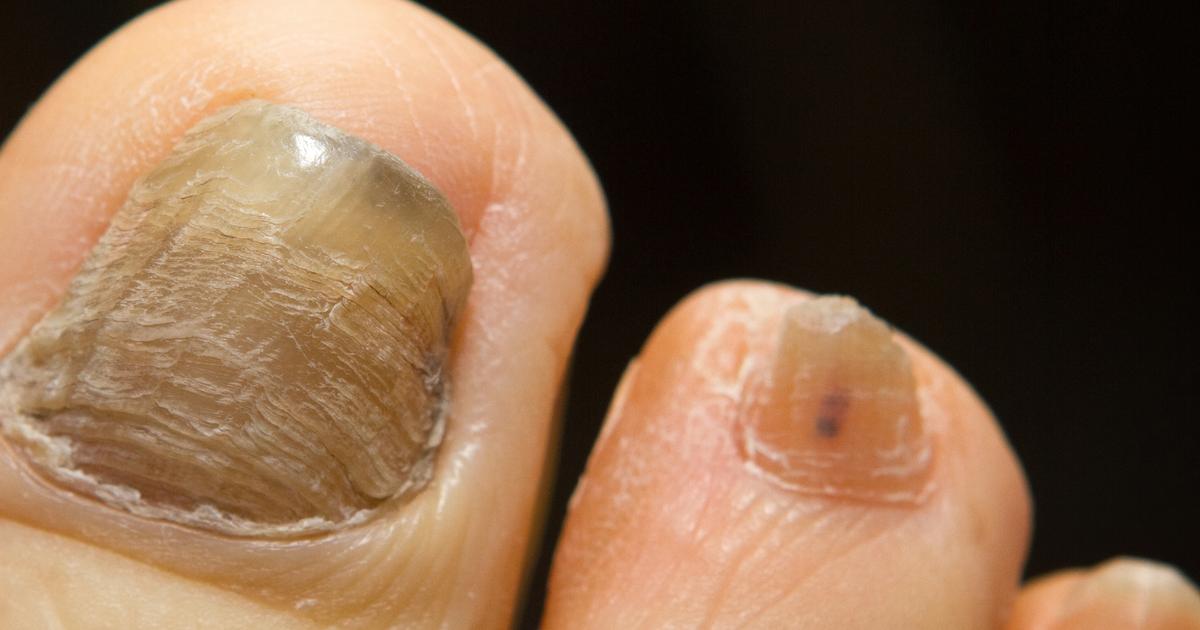Warning Signs Of Onychomycosis
Nail Thickening

One common component of nail fungus is a thickening of the nail. The nail might also be deformed or unusually pitted. Pitting of the nails can happen if individuals sustain an injury, like if they drop a dish or other heavy object on their toes. However, unexplained pitting tends to be a sign of an underlying condition. Nail psoriasis can also cause the nail to become thicker, pitted, or deformed. The thickness of toenails will not typically change without some kind of underlying cause. When thick toenails are left untreated, they can cause pain. Some researchers believe almost twenty percent of adults have some form of nail fungus. Because the toes are more frequently in wet places than the hands, they're more susceptible to fungus, which will sometimes enter the site through a crack or abrasion in the nail. Because of this, individuals should watch for nail thickening after their toenail becomes damaged. They should try to limit moisture and exposure to unsanitary conditions if one of their toenails is damaged.
Discover additional symptoms of onychomycosis now.